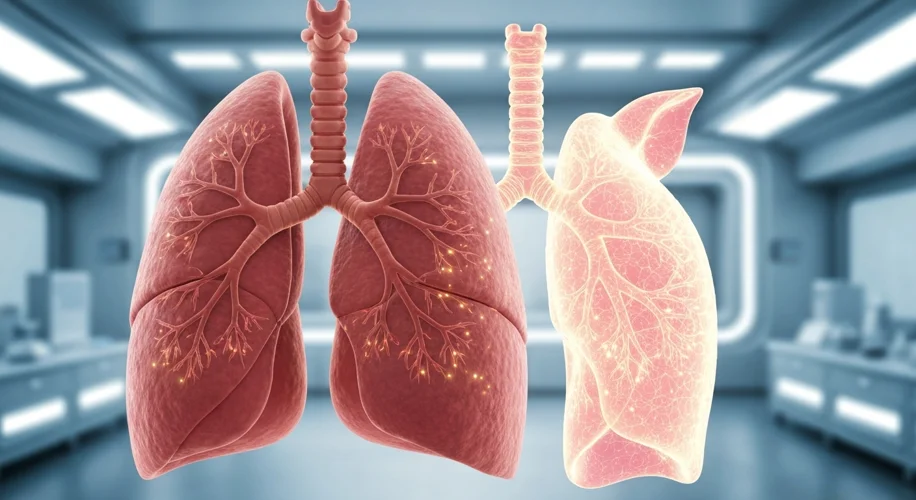Pig Lungs in a Human: A New Dawn for Organ Transplants?
Did you know that organ shortages are a critical issue worldwide? The demand for transplantable organs far outstrips the supply, leaving many patients waiting for a life-saving procedure. But what if the solution could come from an unexpected source?
Recently, a significant step forward in the field of xenotransplantation – the practice of transplanting organs between different species – has been reported. In a groundbreaking experiment, scientists successfully transplanted genetically modified pig lungs into a brain-dead human recipient. This achievement, detailed in publications like ScienceAlert and Nature, marks a major milestone.
Why Pigs?
Pigs have long been considered a promising source for organs due to several factors:
- Similar Anatomy: Their organs are remarkably similar in size and function to human organs.
- Rapid Reproduction: Pigs reproduce quickly, meaning a consistent supply of potential organs.
- Genetic Modification: Scientists can modify pig genes to reduce the risk of organ rejection by the human immune system. In this case, specific genes were edited to make the pig lungs more compatible with the human body.
The Experiment
This particular experiment, conducted by Chinese scientists, involved transplanting these specially engineered pig lungs. While the recipient was brain-dead and the transplant was part of a research study, the successful integration and function of the pig lungs represent a crucial advancement. It’s a complex process that requires overcoming significant biological hurdles, including preventing immediate rejection and ensuring the organ can sustain life.
What This Means for the Future
This development opens up exciting new avenues for research. If xenotransplantation can be perfected, it could dramatically alleviate the organ shortage crisis. Imagine a future where waiting lists for transplants are a thing of the past, and patients can receive life-saving organs much more readily.
Of course, there’s still a long road ahead. Further research is needed to ensure the long-term safety and efficacy of such transplants, as well as to navigate the ethical considerations. But this achievement is undeniably a leap forward, offering a beacon of hope for countless individuals waiting for a second chance at life. It’s fascinating to see how science continues to push the boundaries of what’s possible!

